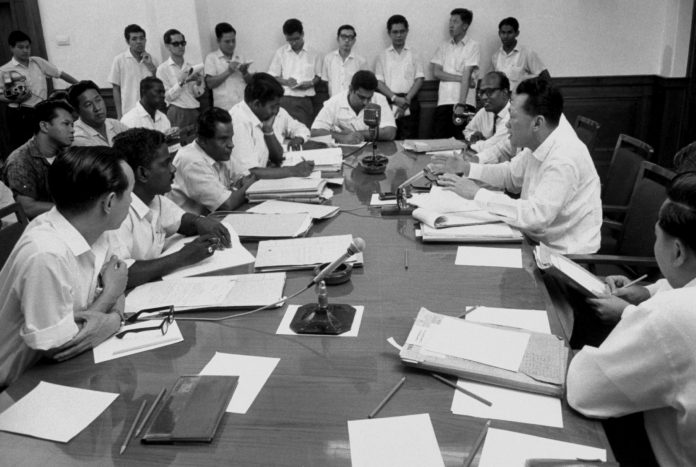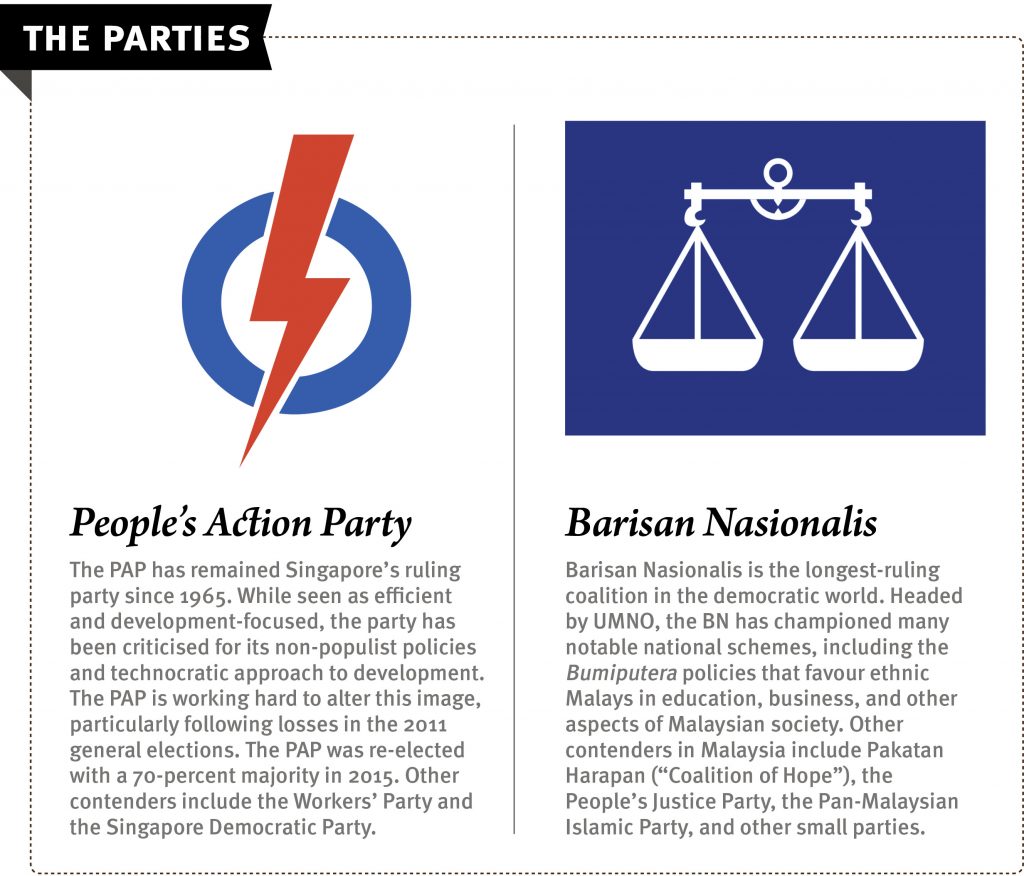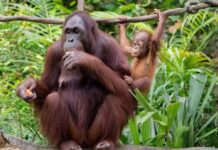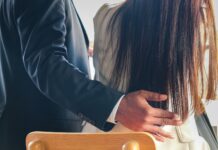
In 1965, Singapore was ousted from the Federation of Malaysia. We examine the two countries’ respective political trajectories between then and now.
Text Sarah Chew
It is August 1965. Less than two years after a merger, Singapore’s reluctant departure from the Federation of Malaysia throws her into alienated independence. The separation comes after racial tension and strained political relations culminated in rioting the year before.
The then-secretary-general of Singapore’s ruling People’s Action Party (PAP), Lee Kuan Yew, is named Singapore’s first prime minister, and faces the seemingly impossible task of shaping the nascent nation.
Malaysia, now free from the internal threat of PAP’s influence, removes the party from its registry, forcing its Malaysian members to rename themselves the Democratic Alliance Party.
Related: The Hammer, Sickle and a Love for Money
Related: Democratisation, Interrupted
Related: In the Market for Medicine
While both countries declare themselves democracies, they remain targets of media criticism for autocratic practices, most notably for the length of time that their ruling parties have retained power: Singapore has remained under the PAP since independence, and Malaysia has remained under the Barisan Nasional since the coalition displaced the Alliance Party in 1973.
Both countries have struggled with managing their respective multiethnic demographics, but their disparate approaches were a significant source of conflict during the merger months.
The delicate balance of ethnic Malay and Chinese interests continues to be a sensitive topic, with Malaysian nationalism imbued in the Bumiputera policy of positive discrimination – particularly in the face of Singapore’s ethnic Chinese majority.

Today, Malaysia has diversified its production-based economy. Under the Najib administration, the state is working towards growing domestic markets. A sophisticated regulatory regime shields the country from financial risk and global crises, but vulnerability in the ever-important export sector remains, especially in electronics, oil, gas, palm oil and rubber.
Najib’s propositions to reduce the preferential treatment afforded to ethnic Malays were predictably met with domestic opposition, despite their potential to attract foreign investors.

Unlike Malaysia, Singapore has little to offer in the way of natural resources, but has instead drawn her economy from its strategic position as a port. While also largely dependent on exports, the country specialises in consumer electronics, information technology, pharmaceuticals and financial services.
Led by Prime Minister Lee Hsien Loong, efforts to reverse a recent growth slump are underway, with projects in place to train locals for positions currently filled by foreigners. Singapore maintains her status as the financial and high-tech hub of Southeast Asia, attractive to investors owing to political stability and apparent low levels of corruption.
For more stories and photographs from this issue, see Asian Geographic Issue 126, 2017










